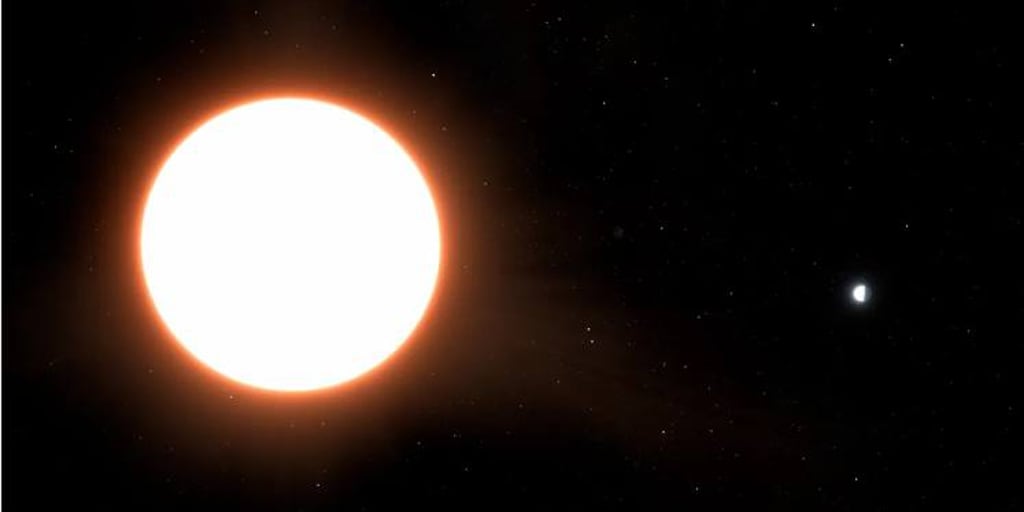About 260 light-years away is a planet where light is reflected by droplets of titanium, a world that shines at the same level as Venus, the brightest object in our sky next to the Moon. However, this ‘mirror’ world may not exist: it is too close to its star to form clouds or have an atmosphere, the theory says. But according to data collected by the Cheops space telescope, it is. Scientists are puzzled by this finding, and they provide more information in a publication in the journal.Astronomy and Astrophysics‘.
This strange exoplanet reflects 80% of the light from the star it orbits, an incredible amount without taking into account that it only manages 30% on Earth. Discovered in 2020, this Neptune-sized planet is called LTT9779b, and it orbits its star every 19 hours. Because of this proximity, the temperature of its glowing face rises to 2,000 degrees, which is considered too high for clouds to form. However, the reflection of LTT9779b indicates its presence. According to Vivian Parmentier, a researcher at the Côte d’Azur Laboratory (France) and co-author of the study, “it’s really a conundrum”.
The researchers considered the formation of these clouds to be “similar to condensation in a bathroom after a warm shower,” the expert explains in a statement. Similar to the effect of superheated water in a bath, the stream of burning metal and silicate — the material glass is made of — supercharges LTT9779b’s atmosphere until clouds of metal form.
More surprises
But the planet had other surprises in store. To date, the only planets known to orbit their star very rapidly (within 24 hours) are gas giants 10 times the size of Earth, or rocky planets half the size.
But LTT9779b is five times the size of Earth and lies in what astronomers call “Neptune’s hot desert,” where planets this size “shouldn’t exist,” Parmentier summarizes.
Additionally, astronomers don’t expect any kind of atmosphere on this exoplanet because of its proximity to the star, which normally “drags” any kind of gas formation.
According to Maximilian Guenther, principal scientist of the European Space Agency’s (ESA) Cheops project, “LTT9779b’s metallic clouds act like mirrors”, reflecting light and preventing the atmosphere from disintegrating. “They act “like a shield” protecting the spaceships in old ‘Star Trek’ episodes,” he told AFP.
The research represents “an important step” because it shows how a planet the size of Neptune could survive in such an environment, the scientist added.
ESA’s Cheops telescope was sent into space in 2019 to study planets discovered outside the solar system. He measured the reflectivity of LTT9779b by comparing the light before and after the exoplanet passed behind its star.

